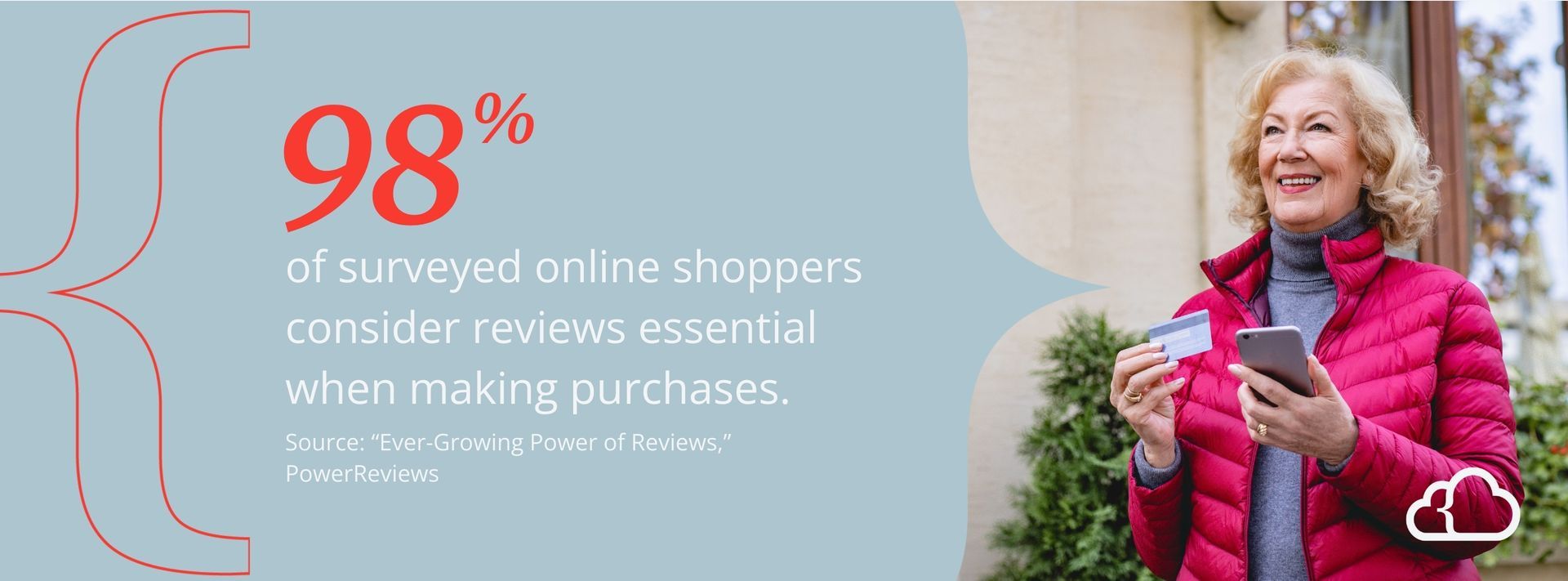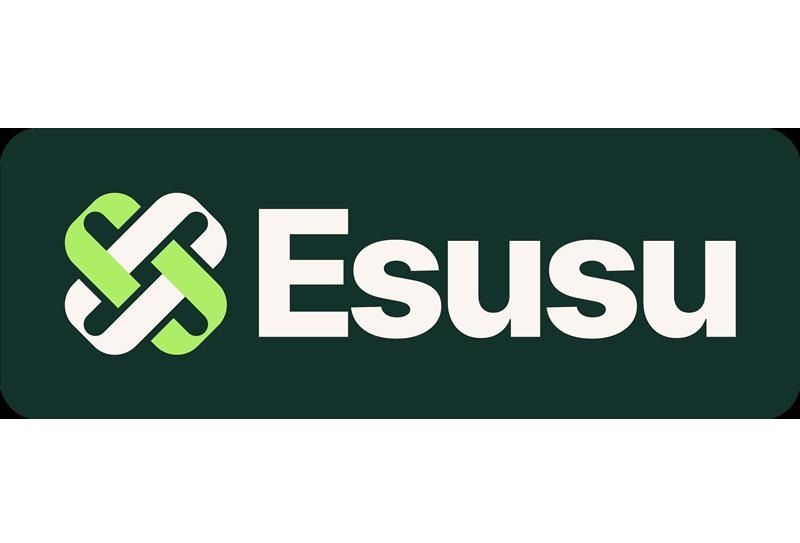Casey Watson is the Marketing Communication Specialist for SuiteDynamics. She has a degree in journalism from Murray State University and over 10 years of experience researching and writing about various subjects, including insurance, nonprofit work, and healthcare. She has been covering NetSuite ERP systems for more than two years.
8 Ways to Boost Your Ecommerce Growth Strategy
E-commerce is critical for most retail businesses, meaning competition is fierce. The right software and strategy can help your company stand out.
Websites are integral to nearly every business, but most retail companies can’t exist without them. In fact, the International Trade Administration reports that worldwide B2C e-commerce revenue will grow to $5.5 trillion by 2027.
You need a piece of that e-commerce pie if you own a retail business, so you must invest in a focused, well-developed e-commerce growth strategy to hone your web store and keep customers coming back.
SuiteCommerce is an e-commerce platform that seamlessly integrates with a NetSuite Enterprise Resource Planning (ERP) system. It ties your customer-facing website with your back-office operations, keeping your inventory data accurate, your shipping operations efficient, and your general processes smooth.
SuiteDynamics collaborates with NetSuite to customize and implement SuiteCommerce systems. Our experts can evaluate your company and implement the SuiteCommerce solutions that will address your company’s problems and equip your business to succeed.
Below, we’ve listed a few ways to strengthen your e-commerce growth strategy. Read through our guide and schedule a free consultation with our team. We’ll help turn your company into the online retail powerhouse your leadership has envisioned.
Key Takeaways for E-Commerce Growth
- Easy navigation, including clear menus, a search bar, and a smooth checkout process, is critical. No one wants to deal with a clunky site when buying something.
- Use high-quality photos (zoomable and detailed), videos, and snappy product descriptions. People need to see the goods clearly since they can’t touch them.
- Your site must look and work great on phones because more people are shopping on them every year.
- If your site’s not on Google’s first page, it’s basically invisible. Use keywords, optimize tags, and post fresh content to stay on top.
- Show customers their info is safe with SSL certificates, security badges, and an overall secure vibe.
- If your company is big enough, integrate systems so your inventory and data updates are seamless—no selling stuff you don’t have.
- Encourage reviews because people rely on them to decide what to buy. Highlight customer feedback everywhere.
- Add bold buttons and phrases like “Buy Now” or “Add to Cart” to nudge customers into making a move.

8 Ways to Improve Your E-Commerce Growth Strategy
According to Forrester, visit-to-lead conversion rates see up to a 400% increase on sites with pleasing user experiences. This means your e-commerce growth strategy should focus primarily on helping your customers find what they need quickly. Here are a few ways to accomplish that.
1. Site Navigation
As you know, successful retail businesses remove all obstacles between a customer and their purchase. Products must be well-organized and attractively displayed in brick-and-mortar stores. The same principle applies to websites.
Virtual customers don’t want to navigate difficult or slow websites to buy items, especially when a competing site may have a more effortless shopping experience. In fact, a Clutch report said 94% of survey respondents listed easy navigation as the most helpful website feature. If you want to please customers instead of frustrating them, you must create a well-managed web presence.
That’s why a great e-commerce growth strategy prioritizes an organized site. You want users to browse and purchase your products quickly, so include a search bar and clear menus and icons in your web store. Also, ensure customers can easily add or subtract items from their online carts and add an HTML sitemap so shoppers can locate needed pages.
Finally, build an effortless purchase process. Make platforms like PayPal, Apple Pay, and Google Pay available for customers, and offer checkout options so people don’t have to create accounts to buy items. All these features will help push sales.
2. Product Imagery
Customers like online shopping because it’s fast and convenient—but it can never replicate the experience of touching and examining a product in person. Your e-commerce growth strategy must make up for that with excellent visuals. According to an Etsy buyer survey, 90% of shoppers felt image quality was critical in their purchasing decisions.
Therefore, always use clear, well-lit product shots showing every angle of your items. Ensure customers can zoom into those photos for close, detailed looks at your wares. If possible, invest in 360 degree-views or videos of people using your products.
Finally, don’t neglect product descriptions. Hire a professional copywriter to craft text that compels customers to click “buy.”

3. Mobile Compatibility
Lately, the shopping experience has been getting…smaller. More people are browsing products on phones instead of desktops. In fact, mobile purchases are expected to comprise 62% of total e-commerce sales in 2027.
This means your website must function on a SmartPhone just as well as on a computer or tablet. Test it out on various devices to ensure a pleasant user experience no matter how you view the web store.
Every successful e-commerce growth strategy needs consistency among devices.
4. SEO Optimization
You won’t get online customers if they can’t find your website. Your e-commerce growth strategy must prioritize climbing the Search Engine Optimization (SEO) rankings—the higher, the better. First Page reports that top search results get more clicks than the third through tenth rankings combined.
Online retail mastery requires practices that help a site rank higher on search engine queries. Examples of these practices include:
- Optimizing title tags, meta descriptions, and images.
- Researching appropriate keywords and using them throughout the site.
- Ensuring each page (with a few exceptions) has at least 300 words.
- Blogging, if possible. Fresh content provides new keyword and customer education opportunities.
- Conducting a site audit and fixing issues.

5. Security Demonstration
No one wants to give credit card information to a shady merchant, including online shops. In fact, 84% of shoppers feel more loyal to companies with strong security controls, according to Forbes. Therefore, your e-commerce growth strategy should ensure your business is trustworthy.
First, apply for a Secure Sockets Layer (SSL) certificate. An SSL prevents web browsers from identifying your site as “not secure,” which could keep them from displaying your URL. It also helps assure customers you can keep their information safe.
Next, display widely recognized security badges on your homepage. You could even link those icons to your online security provider so customers can research how you keep their information safe.
Basically, do everything you can to reassure users.
6. Back-Office Integration
This option may not work well for a small business that can’t afford an ERP system. However, it’s a critical part of the e-commerce growth strategy for a mid-sized or large company.
A back-office integration involves software, like NetSuite’s SuiteCommerce system, that links your website and inventory management system. This link keeps your e-commerce site updated because it can retrieve data in real time. For example, when certain product inventory runs out, your website can automatically label it “out of stock."
Of course, the integration also provides your company with valuable details, such as customer, purchase order, and shipping data.
Learn more about SuiteCommerce features and benefits during your free consultation with our team.

7. Reviews
An online shop requires reviews for the same reason it needs excellent photography—because customers can’t touch the products.
In fact, PowerReviews reports that almost 100% of online shoppers read reviews at least sometimes, and 98% consider that feedback an essential resource. Additionally, 57% of customers look up online reviews while shopping in brick-and-mortar stores.
Consequently, your e-commerce growth strategy must include review requests. Ask for Google and Facebook feedback and feature customer quotes on your website. You can even automate post-purchase emails that request reviews. Remember to mark up any feedback on your website with review schema to get gold stars in Google’s search results.
8. Clear Calls to Action
Sometimes, people need a final push to make a purchase—and that push can be as simple as the phrase “Buy Now.”
That’s why you should insert clear calls to action throughout your website and make them pop from the rest of your text. Write phrases like “Schedule Your Free Demo” and “Add to Cart” for your button copy. Then, use colors for those buttons that stand out from your brand palette.
Finally, test where your calls to action should go. Try putting them at the bottom, middle, and top of your text and see which placement converts best. For example, we like to place "schedule your consultation" buttons at the end of every blog post.
Run an Online Store Customers Love
There’s almost no point in running an online retail site if it frustrates shoppers—because they won’t be back.
The best e-commerce growth strategy keeps customers in mind, making their buying journeys as easy as possible. It presents an attractive, navigable interface that ties seamlessly to inventory and shipping operations so buyers get exactly what they ordered in no time.
The SuiteCommerce platform allows retailers to create memorable web stores that unify all aspects of the business. Users enjoy secure, mobile-compatible e-commerce sites that integrate with all back-end systems, ensuring smooth operations.
SuiteDynamics experts can customize and implement a SuiteCommerce solution that propels your company to new levels of success. Schedule your free consultation and start investing in a new, more profitable e-commerce growth strategy.
We pull information from NetSuite material, SuiteDynamics experts, and other reliable sources to compose our blog posts and educational pieces. We ensure they are as accurate as possible at the time of writing. However, software evolves quickly, and although we work to maintain these posts, some details may fall out of date. Contact SuiteDynamics experts for the latest information on NetSuite ERP systems.
Part of this text was generated using GPT-3, OpenAI’s large-scale language-generation model. After generating the draft language, our team edited, revised, and fact-checked it to ensure readability and accuracy. SuiteDynamics is ultimately responsible for the content of this blog post.












